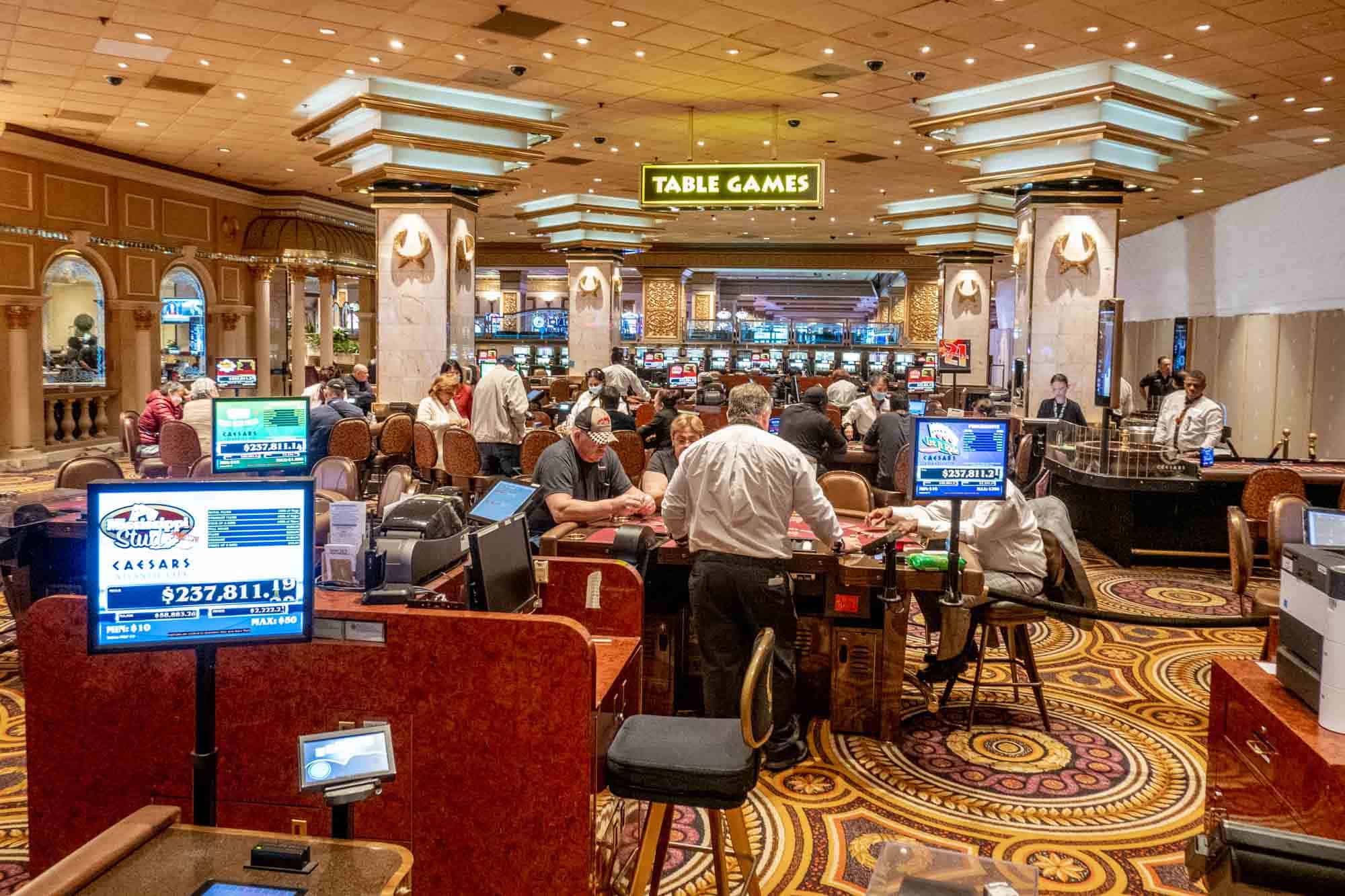
Manga are two pillars of Japanese pop culture that have captivated audiences worldwide. Although many fans enjoy both formats, they often find themselves considering the differences between them. At its core, manga refers to the comic books and graphic novels that feature distinctive storytelling and artistic styles, typically serialized in magazines or published in volumes. This medium enables readers to immerse themselves in intricate plots and detailed illustrations, offering a world created solely through the artistry of the artists.
One of the key distinctions between manga and anime lies in their formats. Manga is typically black and white, focusing heavily on line art and expressive characters. It permits for a greater exploration of themes and character development at a pace that may differ from its cartoon counterparts. While adaptation from manga to anime is common, the intrinsic qualities of each medium provide varying experiences for audiences. Recognizing these differences not only enhances appreciation for the stories told but also highlights the distinct artistry required in bringing these narratives to life.
What is Manga?
Manga refers to a form of comic book that originated in the Land of the Rising Sun. It encompasses various categories and motifs, appealing to a wide range of age groups and preferences. Manga is typically characterized by its distinctive art style, often featuring vivid characters and dynamic action sequences. The narratives can vary from playful to serious, providing readers with a diverse spectrum of narratives.
One of the most notable aspects of manga is its presentation. manga is usually released in monochrome, which helps keep production costs down and allows for intricate line work that can convey emotions and movement well. Most manga is read from right-hand side to left-hand side, mirroring traditional Japanese reading habits. This reading style can be an acclimatization for those unfamiliar with it, but it contributes to the genuine experience of engaging with the material.
manga is often published in installments in magazines, with chapters coming out on a weekly basis or monthly. Once a storyline is complete, the chapters may be compiled into volumes known as tankōbon. This format facilitates for in-depth storytelling and character development over time. manga has become a major part of global pop culture, affecting a wide range of media and leading to adaptations into animated series, films, and video games.
Illustration Style and Presentation
Japanese comics is renowned for its characteristic art style, which often features enhanced facial expressions and dynamic action scenes. Artists utilize a range of techniques, from intricate line work to diverse shading methods, to create richness and emotion in their illustrations. The unique black-and-white format of many manga allows for a focus on line quality and texture, giving each panel a striking visual clarity. Artists often use screentones to add subtle shading and texture, enhancing the overall aesthetic while keeping a minimalist approach.
The presentation of Japanese comics is also an important aspect that distinguishes it from anime. Typically published in volumes or released in magazines, manga pages are designed to guide the reader’s eye from panel to panel, creating a continuous flow of storytelling. The use of white space within the panels allows for a considerate pacing that can build tension or evoke emotion, something that may be missed in more animated formats. Additionally, the ability to control the reader’s pace through their reading speed adds a distinct layer to the experience, as individuals can pause on details or rush action sequences.
In terms of character design, manga often showcases a varied range of styles, from lifelike depictions to more stylized, fantastical interpretations. This scope of artistic expression enables creators to breathe life into their characters in varied ways, reflecting not just personality but also emotional states. The overall display of manga, with its focused artistry and thoughtful layout, ensures that readers interact with the material in a way that is both engaging and personal.
Manga Perception and Structure
Graphic novels offers a unique literary journey that is unique from its animated counterpart. Readers engage with the story through black-and-white artwork, allowing them to enjoy intricate illustrations that often convey deep emotions and fine expressions. The reading flow typically goes from right-to-left, which might seem strange for those accustomed to European comic formats, but it contributes to the authenticity and cultural experience of consuming manga. 888b
The structure of manga differs, often presented in episodic chapters that are later collected into volumes called tankobon. This allows readers to experience stories in manageable segments, building anticipation for the next installment. The concise nature of manga also means that creators can concentrate on pacing and character arcs in ways that might not be feasible in a lengthier, animated format. The capacity to binge-read entire series in one sitting is a pleasurable aspect that many fans cherish.
Moreover, the interactivity of manga extends to the reader’s imagination. Without the influence of voice acting, sound effects, and motion, readers interpret these elements themselves, leading to a individual interpretation of the story. This encourages a deeper connection with the material, as readers envision characters and settings in their own distinct ways. Overall, the experience of reading manga is not just about the story alone, but about the closeness of engaging with crafted illustrations on the page.